
Watch short for this article (5 slides)
Beyond the Forecast: Understanding Microclimates and Why Your Neighbor's Weather is Different
Have you ever experienced the frustration of leaving home under clear skies, only to be drenched by a sudden shower just a few blocks away? Or perhaps you've glanced at a local webcam feed showing heavy snow in a nearby neighborhood while your own street remains completely untouched? These seemingly bizarre weather inconsistencies aren't random quirks; they are manifestations of distinct microclimates - localized atmospheric conditions that can vary dramatically over surprisingly short distances. Forget the regional forecast for a moment; your backyard, a city park, or even the shaded side of your street possesses its own unique mini-climate. Let's delve into the science behind these variations, explore the factors that create them, and understand how we can influence them for a more comfortable and sustainable environment.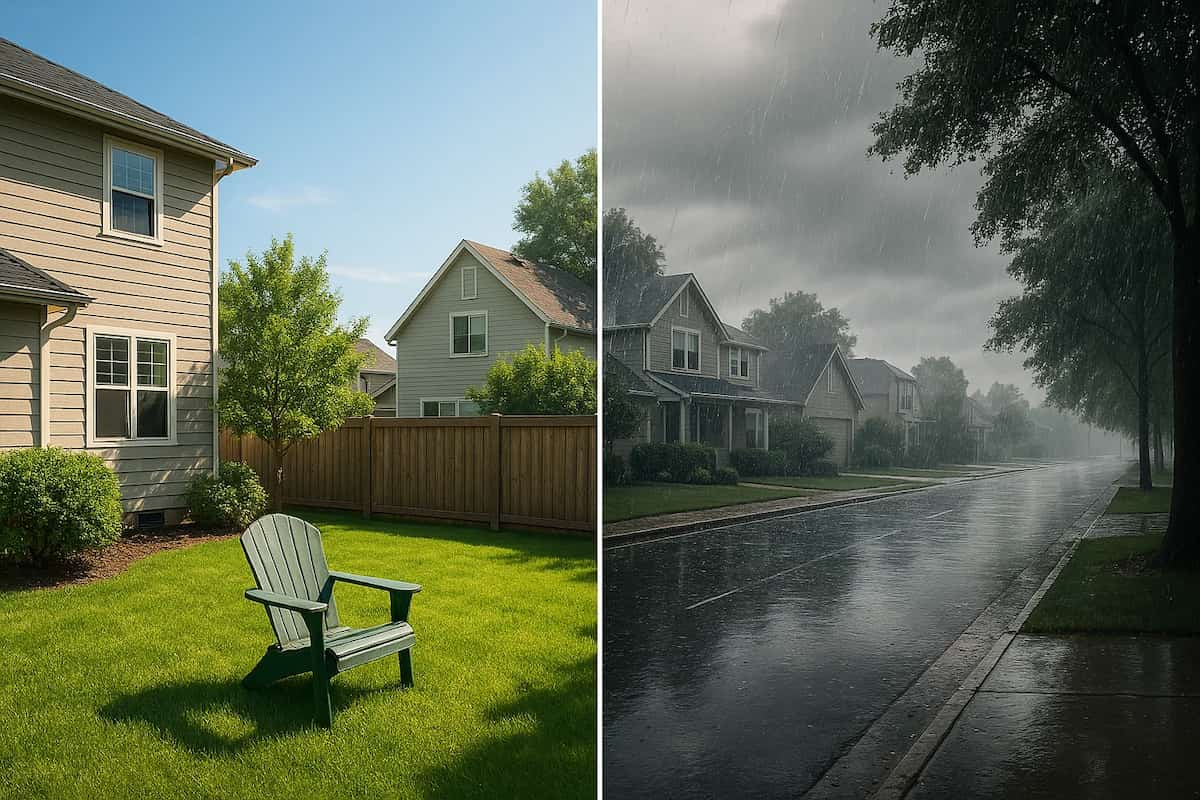
What Exactly is a Microclimate?
A microclimate refers to the specific climatic conditions - including temperature, humidity, wind speed and direction, solar radiation, and precipitation - experienced within a localized area, typically ranging from a few square meters to several square kilometers. It represents a deviation from the prevailing regional climate (macroclimate) due to the influence of immediate surroundings.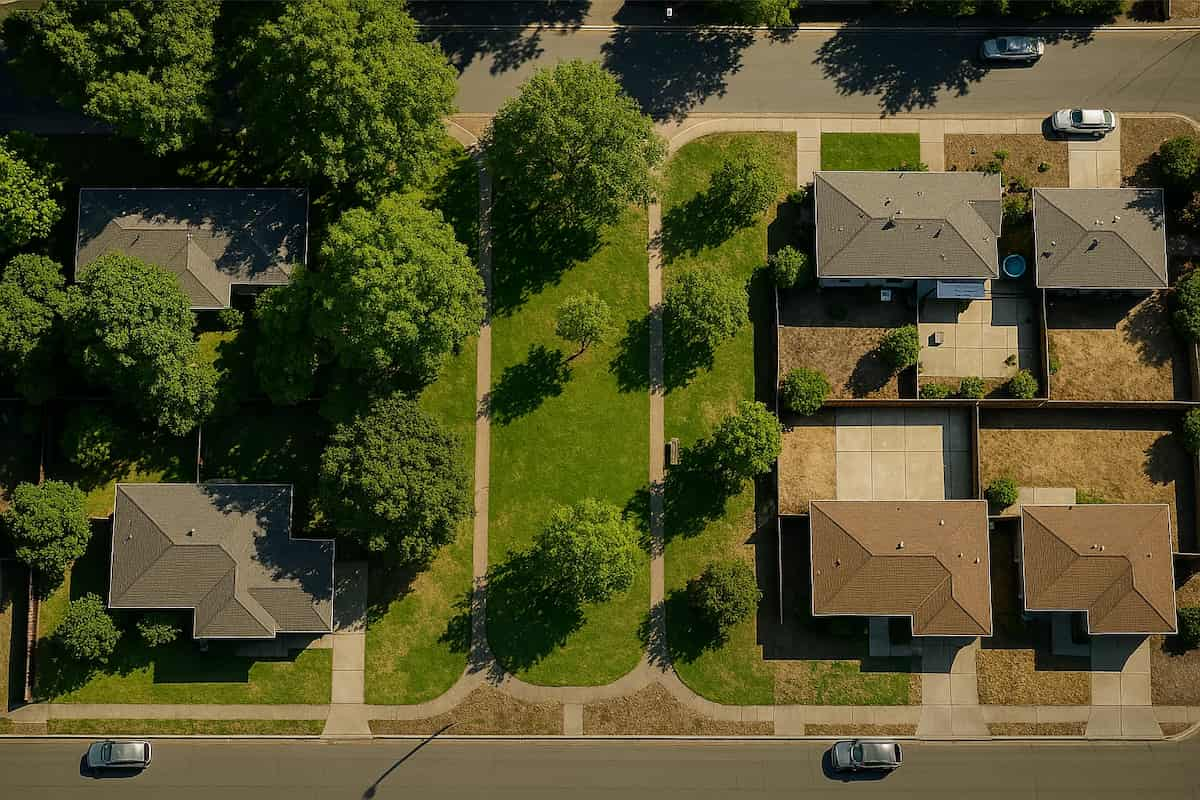
Think of it this way: the macroclimate provides the general weather theme for your region (e.g., temperate, Mediterranean, arid), while the microclimate adds specific local variations influenced by features like:
- Topography (hills, valleys)
- Proximity to water bodies (lakes, rivers, oceans)
- Vegetation type and density (forests, grasslands, parks, gardens)
- Soil type and moisture
- Presence and nature of artificial structures (buildings, pavement, roads)
Understanding microclimates is not just an academic exercise. It has critical practical implications for agriculture (choosing crops, predicting frost risk), urban planning (designing comfortable and energy-efficient cities), ecology (creating habitats), and even personal comfort and health.
The Driving Forces: Factors Shaping Local Weather Variations
Several key elements interact to create distinct microclimates, often working in combination:
1. Topography: The Lay of the Land
The shape and elevation of the land surface significantly redirect airflow and influence temperature and moisture.
- Elevation: Air temperature generally decreases with altitude (the atmospheric lapse rate, roughly 6.5°C per 1000 meters or 3.5°F per 1000 feet, though local rates vary). Hilltops are typically cooler and windier than surrounding lowlands.
- Aspect (Slope Direction): Slopes facing the equator (south-facing in the Northern Hemisphere, north-facing in the Southern Hemisphere) receive more direct solar radiation, making them warmer and drier than slopes facing away from the equator or shaded slopes. This impacts vegetation growth and soil moisture dramatically.
- Cold Air Drainage: At night, cooler, denser air flows downhill (katabatic winds) and can pool in valleys and depressions. This creates "frost pockets" where nighttime temperatures are significantly lower, and frost occurs more frequently than on surrounding higher ground, crucial knowledge for agriculture.
- Wind Funneling and Sheltering: Hills and valleys can channel wind, creating localized high-wind zones, or provide shelter, resulting in calmer areas.
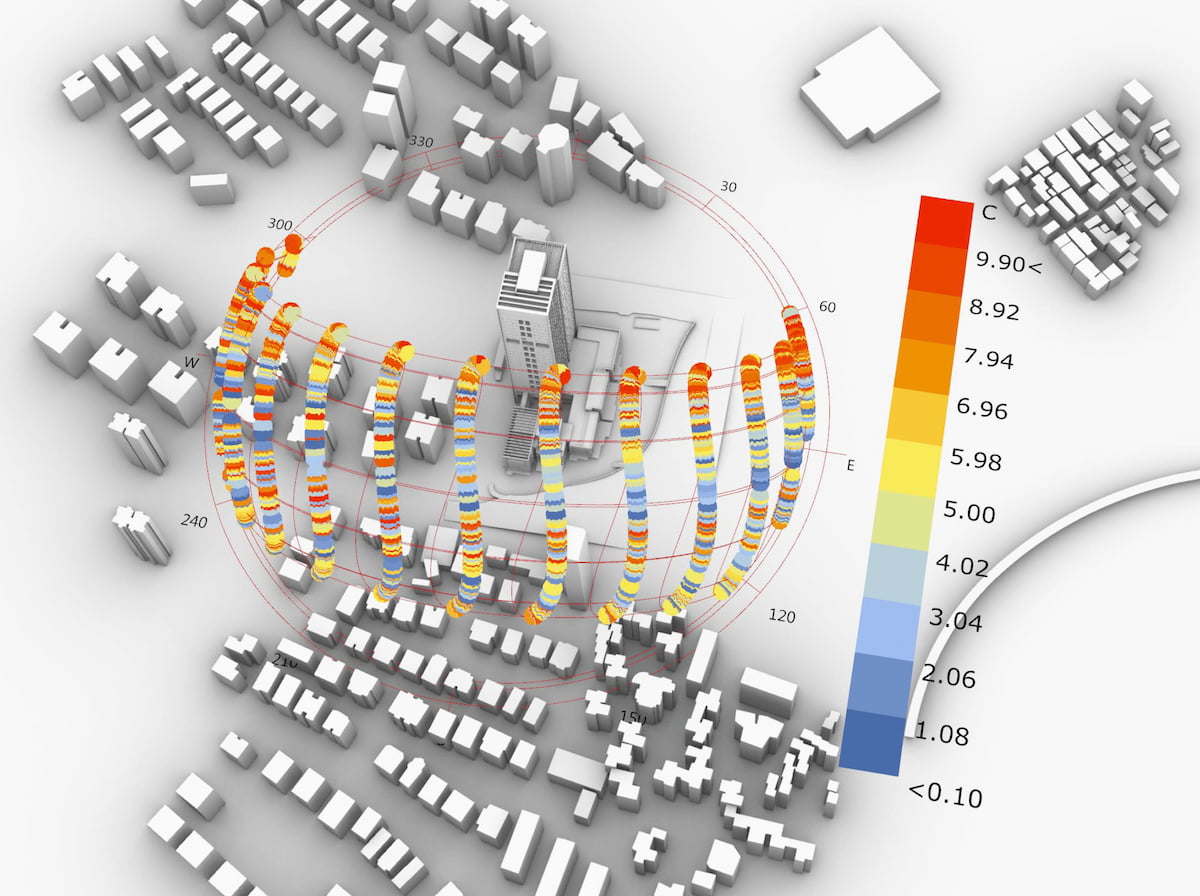
2. Proximity to Water Bodies: Nature's Temperature Moderator
Water's high specific heat capacity means it heats up and cools down much more slowly than land. This property has a profound moderating effect on nearby land areas.
- Temperature Buffering: Coastal areas and lakeside locations generally experience smaller daily and seasonal temperature ranges (cooler summers, milder winters) compared to inland areas at the same latitude.
- Lake/Sea Breezes: During the day, land heats faster than water, causing air to rise over the land and drawing cooler air inland from the water (sea/lake breeze). At night, the pattern often reverses as land cools faster (land breeze). This circulation significantly impacts local temperatures and humidity within several kilometers of the shoreline.
- Increased Humidity and Fog: Evaporation from water surfaces increases local humidity. This can lead to more frequent dew, frost, or fog formation (like advection fog when warm, moist air moves over cooler water).
3. Vegetation Cover: The Living Air Conditioner
Plants dramatically alter local climate through several mechanisms:
- Shading: Tree canopies and dense vegetation intercept solar radiation, significantly reducing surface temperatures beneath them. A shaded surface can be 11–25°C (20–45°F) cooler than an unshaded surface like asphalt (Source: US EPA - Trees and Vegetation).
- Evapotranspiration: Plants release water vapor into the atmosphere through transpiration (from leaves) and evaporation (from surrounding soil). This process requires energy, which is drawn from the surrounding air as latent heat, effectively cooling the air. A single large, mature tree can transpire hundreds of liters of water per day, providing a cooling effect equivalent to several room-sized air conditioners running for hours.
- Humidity Regulation: Evapotranspiration increases local humidity, which can be beneficial in dry climates but potentially less comfortable in already humid ones.
- Wind Modification: Trees and shrubs act as windbreaks, reducing wind speed and altering local airflow patterns.
4. Urban Environments: The Concrete Canopy Effect
Cities create some of the most distinct and often problematic microclimates due to the "Urban Heat Island" (UHI) effect and other factors:
- Surface Materials: Dark, impermeable surfaces like asphalt and traditional roofing absorb vast amounts of solar radiation (low albedo) and store heat (high thermal mass), releasing it slowly, especially at night. This contrasts sharply with vegetated rural surfaces.
- Urban Geometry: Tall buildings create "urban canyons" that trap heat by reducing the sky view factor (limiting nighttime radiative cooling) and block wind flow, preventing heat dispersal.
- Lack of Vegetation: Reduced tree cover and permeable surfaces minimize the cooling benefits of shade and evapotranspiration.
- Anthropogenic Heat: Waste heat released from vehicles, buildings (HVAC systems), industry, and human metabolism adds directly to the urban thermal load.
- Intra-Urban Variations: Within a city, microclimates vary further. Parks act as "cool islands," dense downtown cores are often hottest, industrial zones contribute waste heat, and neighborhoods with more tree cover are noticeably cooler.
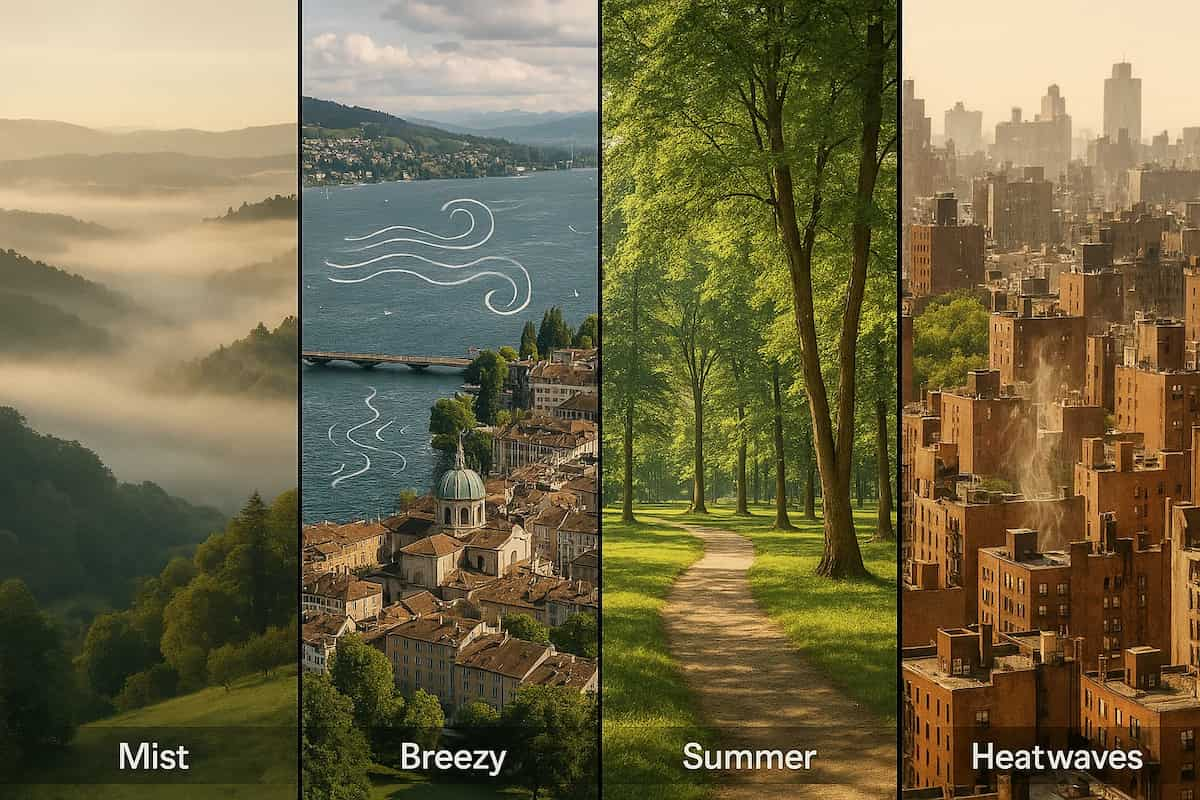
5. Soil Type and Moisture Content
The ground itself influences the microclimate above it:
- Color and Texture: Dark, dry soils absorb more heat than light, moist soils. Sandy soils heat and cool faster than clay soils.
- Moisture Content: Wet soil stays cooler due to evaporative cooling (similar to vegetation). Waterlogged soil takes longer to warm up. This impacts ground-level air temperature and frost formation.
Real-World Examples of Microclimatic Differences
- Mountain Slopes: Vineyards are often planted on specific slopes (e.g., south-facing in cool regions for maximum sun, or slopes above valley floors to avoid frost pockets) precisely because of microclimatic advantages for grape ripening.
- Coastal Fog vs. Inland Sun: Cities like San Francisco famously experience dense coastal fog penetrating only a few miles inland, while areas just over the hills bask in sunshine due to the marine layer's limited extent.
- Urban Park Cool Islands: On a hot summer day, the temperature inside a large, well-vegetated city park like New York's Central Park can be several degrees Celsius (up to 5-10°F) cooler than the surrounding streets packed with concrete and traffic.
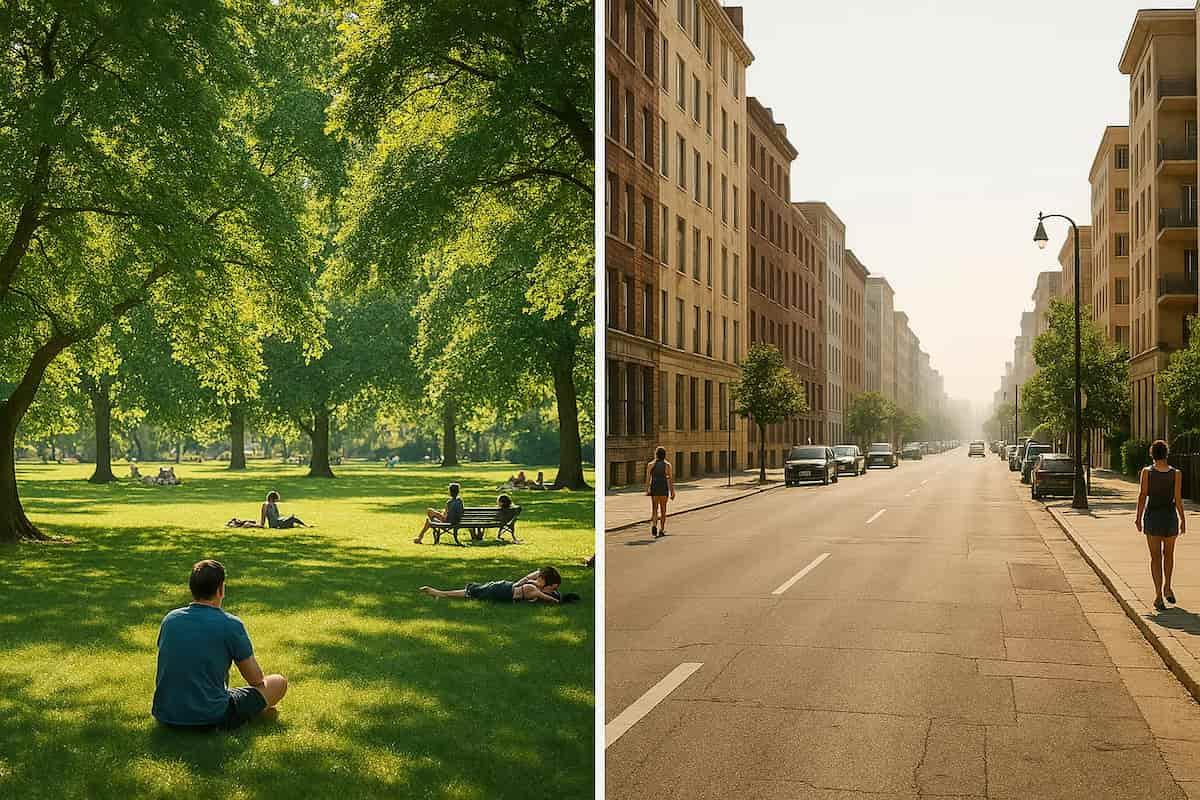
- Your Own Backyard: The microclimate on the sunny, south-facing side of your house (warmer, drier) will differ significantly from the shaded, north-facing side (cooler, moister). The area under a large tree will be cooler than an open lawn, and a paved driveway will be much hotter than adjacent grass.
Why Microclimates Matter & How We Can Shape Them
Understanding and managing microclimates is increasingly vital:
- Sustainable Urban Design: Planners can use microclimate knowledge to create more comfortable public spaces, reduce building energy demand (through strategic planting and material choices), mitigate the UHI effect, and manage stormwater runoff.
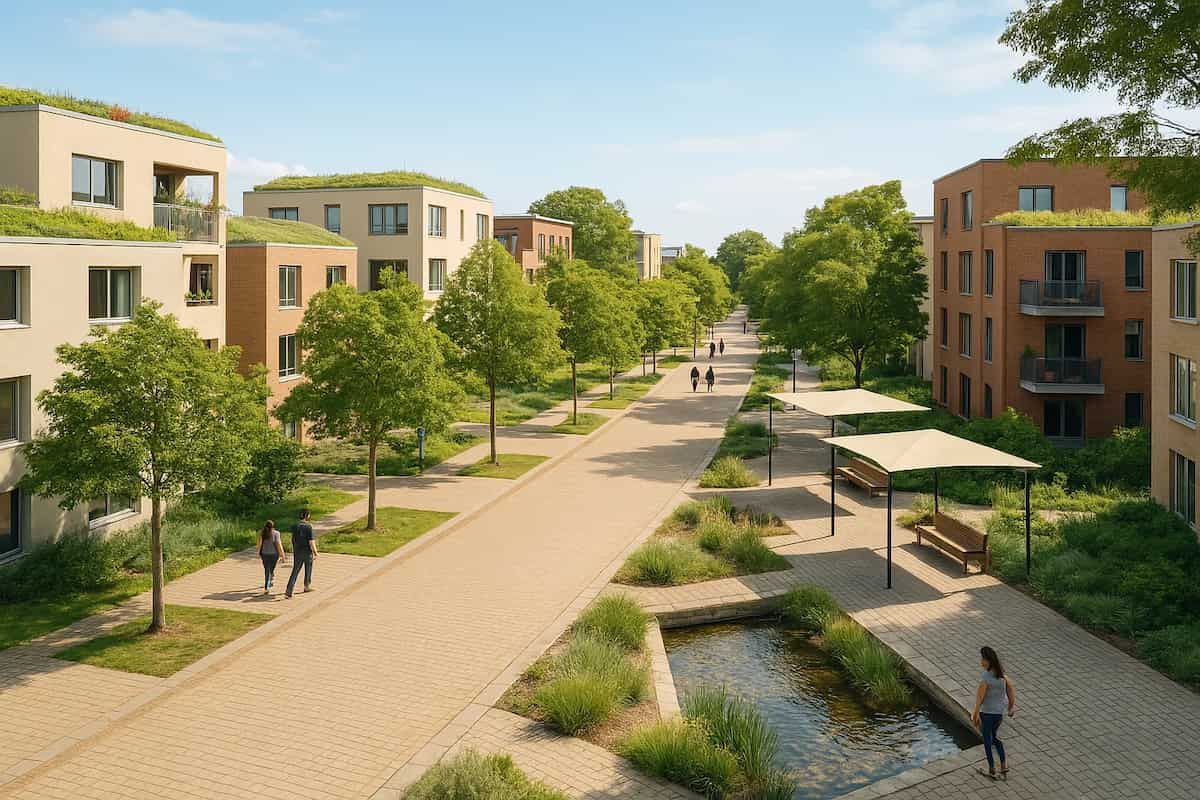
- Precision Agriculture & Gardening: Farmers and gardeners can select optimal planting locations, choose appropriate plant varieties, implement frost protection measures, and manage irrigation more effectively based on microclimatic variations across their land.
- Ecological Conservation: Microclimates create specific habitat niches that support biodiversity. Protecting diverse microclimates is essential for species resilience, especially under changing climate conditions.
- Personal Health & Well-being: Recognizing hotter or colder microclimates within our neighborhoods helps identify areas of heat stress risk or opportunities for finding comfortable outdoor spaces.
Crucially, while natural features are primary drivers, human activities significantly shape microclimates, particularly in urban areas. This means we also have the power to modify them positively.
Actionable Steps for Improving Local Microclimates:
- Strategic Tree and Shrub Planting:
- Specificity: Plant deciduous shade trees on the south and west sides of buildings to block summer sun but allow winter sun for passive heating. Use evergreen trees and shrubs as windbreaks on the windward side (often north or west in mid-latitudes) to reduce winter heating costs. Choose species appropriate for your climate zone and available space.
- Impact: Well-placed trees can reduce building cooling costs by up to 30% and heating costs by 20-50%. Community-wide tree planting significantly lowers ambient temperatures. (Source: US Dept. of Energy - Landscaping)
- Implement Green Roofs and Living Walls:
- Specificity: Even extensive green roofs (shallow soil, low-maintenance plants like sedums) provide significant cooling, insulation, and stormwater absorption benefits. Intensive green roofs (deeper soil) support more diverse plantings but require more structural support.
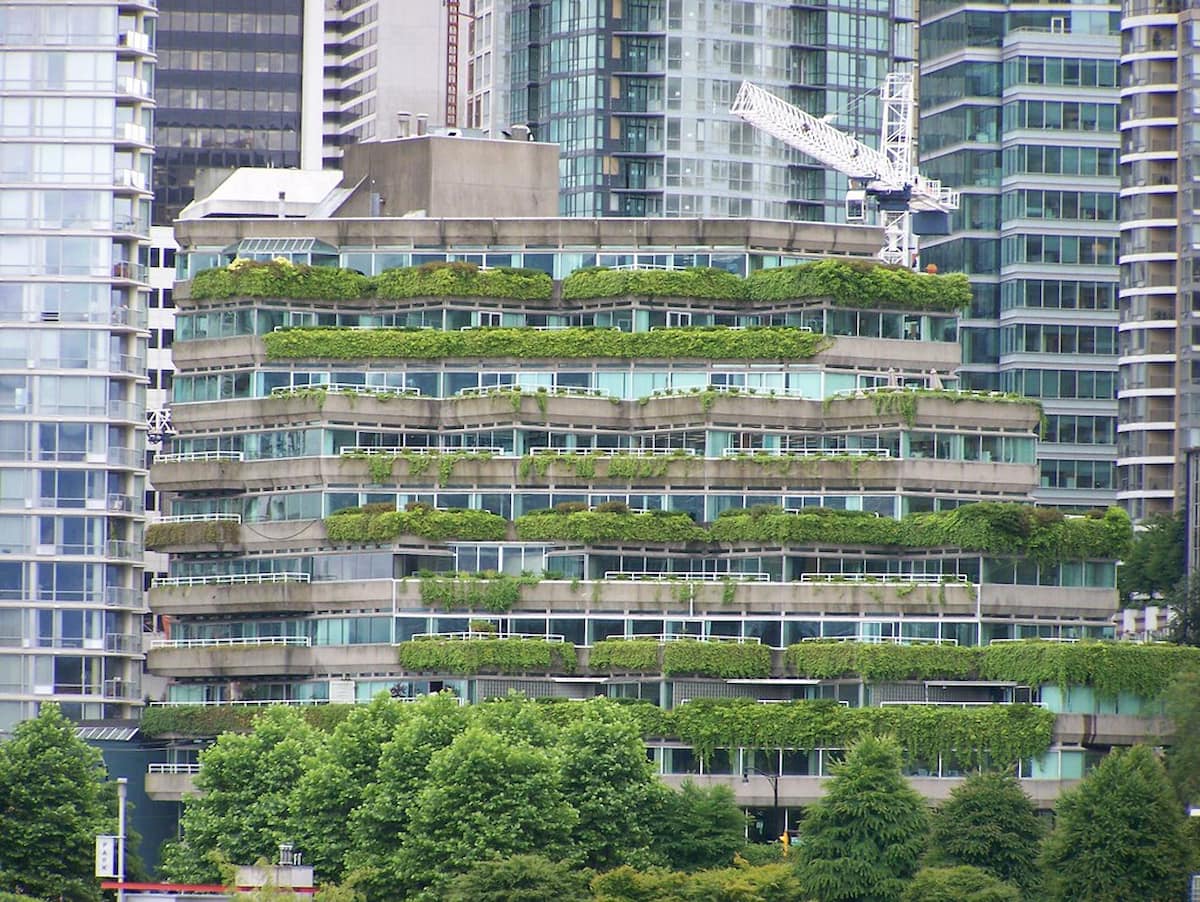
Green roofs cool buildings and the surrounding air while managing stormwater.
- Impact: Green roofs dramatically reduce surface temperatures compared to conventional roofs, lower indoor temperatures, extend roof lifespan, and reduce runoff.
- Utilize Cool and Permeable Surfaces:
- Specificity: Opt for light-colored or reflective roofing materials ("cool roofs"). Replace impermeable asphalt or concrete driveways and walkways with permeable pavers, gravel, or light-colored concrete, which absorb less heat and allow rainwater infiltration.
- Impact: Cool roofs can lower roof temperatures by over 28°C (50°F), reducing cooling energy demand. Permeable surfaces reduce runoff and localized flooding while providing some evaporative cooling. (Source: US EPA - Cool Roofs)
- Incorporate Water Features Wisely:
- Specificity: Small ponds, fountains, or rain gardens (depressions designed to capture runoff) can provide localized evaporative cooling. Strategic placement where breezes can carry cooled air towards living spaces maximizes benefits.
- Impact: Evaporation from water surfaces directly cools the air, enhancing local comfort, especially in dry climates.
- Become a Microclimate Observer:
- Action: Use simple thermometers (even inexpensive digital ones) to measure temperature differences around your own property - sun vs. shade, pavement vs. grass, near vs. far from buildings – at different times of day. This builds intuitive understanding and informs personal landscaping or design choices.
Conclusion: Embracing Local Climatic Diversity
Microclimates are the intricate tapestry of weather experienced at the human scale, explaining why conditions can shift dramatically from one street corner to the next. Driven by the interplay of topography, water, vegetation, soil, and human structures, these localized climates shape our comfort, influence ecosystems, and impact resource use. While natural features set the stage, our choices in how we build our cities and manage our landscapes significantly influence these local conditions.
By understanding the factors that create microclimates and implementing strategies like strategic planting, green infrastructure, and thoughtful material selection, we can actively shape our immediate surroundings for the better. These actions, collectively applied, can lead to cooler, more comfortable neighborhoods, reduced energy consumption, enhanced biodiversity, and greater resilience in the face of broader climate changes. The power to improve our local climate often lies right outside our doorstep.